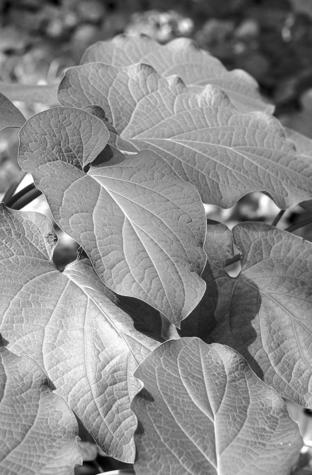KAVA KAVA
Botanical name: Piper methysticum
Synonyms: Kava, kava pepper, kawa, awa
PRINCIPAL GYNECOLOGIC AND OBSTETRIC USES
TRADITIONAL AND HISTORICAL USES
on social occasions; and even recreationally, for example, at the start of the day by old men, or at the end of a long work day. Reports say that is has also been used to cure illness, help soothe arguments, and even as part of ceremonies at which disputes are resolved or differences between enemies are reconciled. One might say it is considered the beverage of hospitality in the South Pacific.
It was first described and named Piper methysticum, meaning “intoxicating pepper” in 1786, and was not highly used as a medicinal plant in Western botanical medicine. It was recognized by the Eclectics in the late nineteenth century as a local anesthetic, CNS depressant, and cardiac stimulant, and as a treatment for gonorrhea. In the early twentieth century the Eclectics cited its use for neuralgic conditions of the eyes, ears, and teeth, for edema, and for gastric atony and postsurgical anorexia. The herb was listed in the 20th to 24th editions of The United States Dispensatory of the United States of America (1918–1947) and the fluid extract had official status in the 4th and 5th editions of the National Formulary (1888–1926).
< div class='tao-gold-member'>




